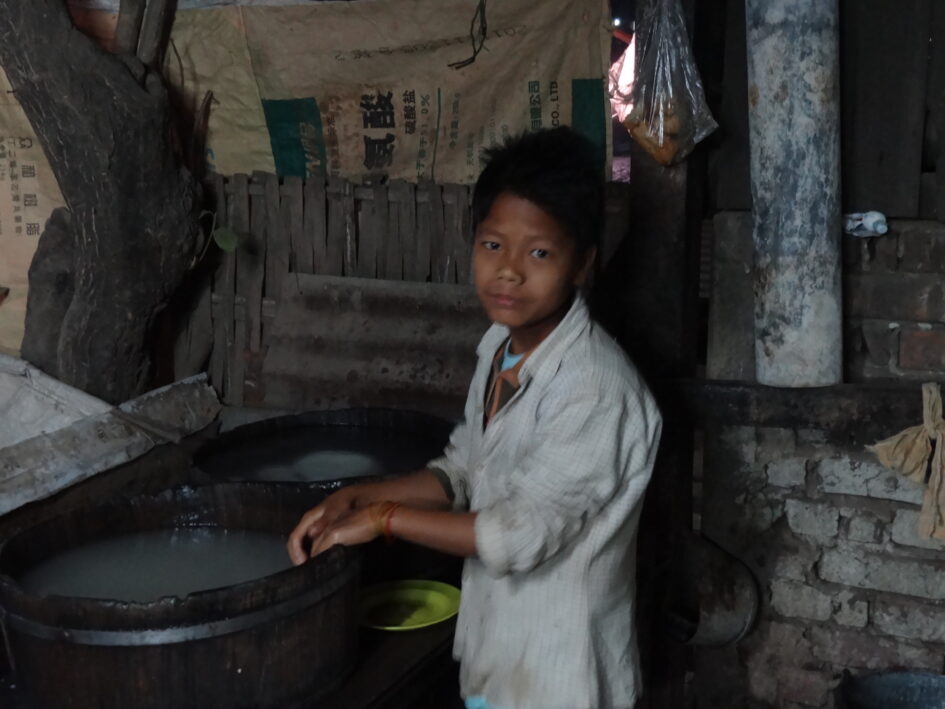My first walk through Yangon, Myanmar’s largest city and former capital, is an unforgettable experience. Home to over four million people, the city pulses with life, yet its pace is surprisingly relaxed, giving it a unique atmosphere. Founded in the 11th century as Dagon by the Mon people, Yangon grew around the revered Shwedagon Pagoda, which has drawn pilgrims and travelers from around the world for centuries.
The Shwedagon Pagoda, often called the “Golden Pearl of Myanmar,” is, according to legend, over 2,500 years old, making it one of the oldest and most important Buddhist sites in the world. The temple complex is vast and impressive, with each of its four entrances reached by a barefoot climb up long stairways—a gesture of respect for this sacred place. The pagoda’s gilded domes, covered in thousands of gold plates and adorned with diamonds, shine in the sunlight, creating an unforgettable sight.

Yangon is a city of contrasts. Wandering its streets, you might stumble upon unique places like a local amusement park reminiscent of a bygone era. Two carousels, a shooting gallery, and a ring toss evoke the atmosphere of the past. The most fascinating feature is a 15-meter-tall Ferris wheel powered not by an engine, but by the muscle of about ten young men. The generator is used only for lights. Similarly, the carousel is spun by two women pushing it by hand, delighting children—a testament to local ingenuity and tradition found only here.
I chose to stay at the legendary White House Hotel, where a dorm bed costs $12 USD. This place has earned a reputation among seasoned travelers worldwide. Besides its affordable price, the hotel is famous for its excellent breakfast buffet—a perfect start to a day of exploration.
Although Yangon has not been the country’s capital since 2006, it remains Myanmar’s main commercial and industrial hub. The city blends rich colonial history—evident in its many British-style buildings—with traditional culture and vibrant daily life. Its streets are filled with markets, temples, and parks, and locals uphold customs such as respect for elders and the ever-present Buddhist spirituality.

Shwedagon Pagoda, Yangon
It’s worth remembering that Yangon owes its name to King Alaungpaya, who transformed the old Dagon settlement into a sprawling city in the mid-18th century, naming it “Yangon,” meaning “end of strife” or “peace.” The city has witnessed many historic events—from British colonization and World War II to Myanmar’s modern transformations.

Leave a Reply